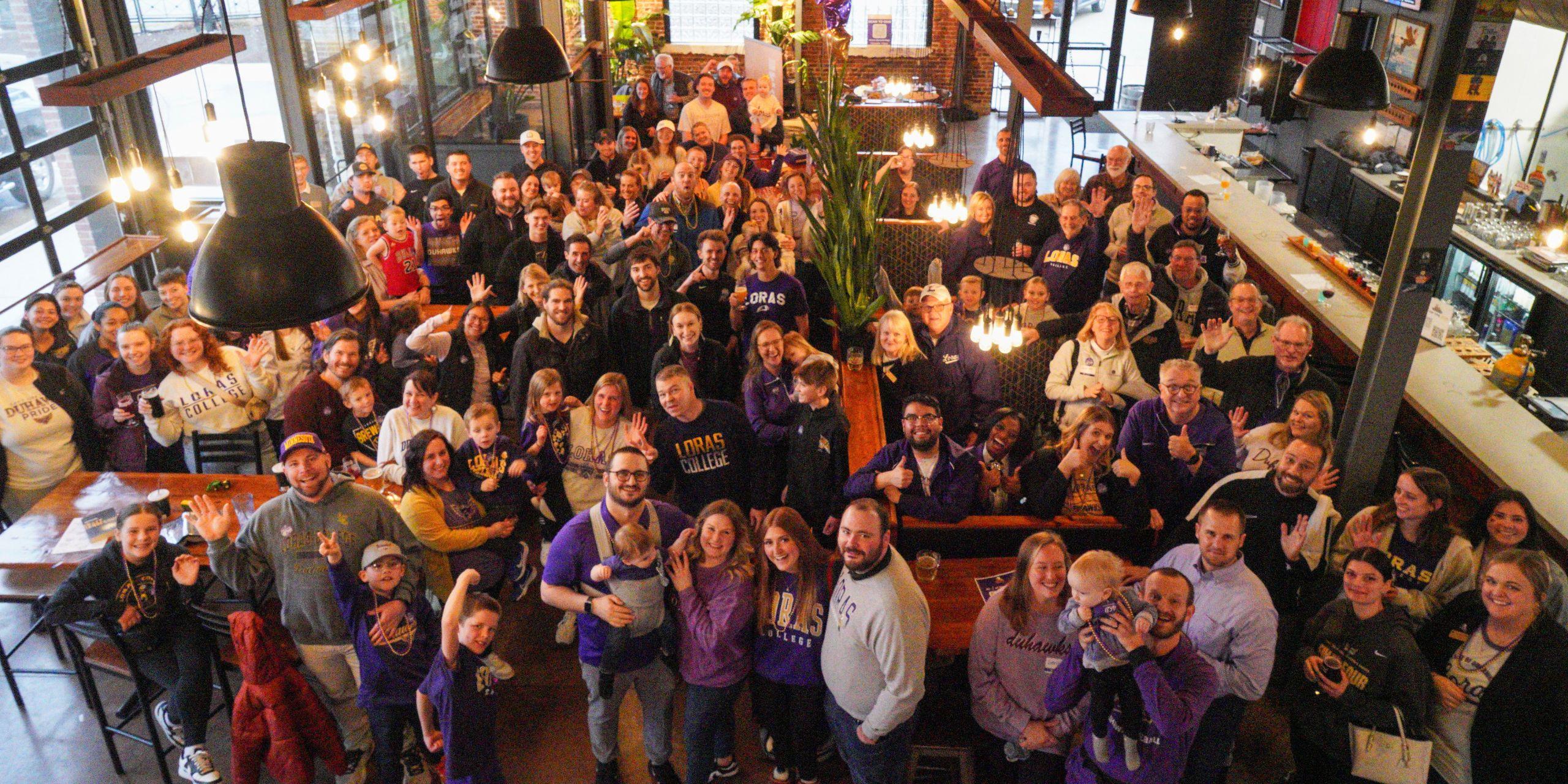When I first started analyzing boxing odds, I thought it would be straightforward - just pick the fighter with the better record and place my bet. Boy, was I wrong. The world of boxing betting is far more nuanced, much like the strategic design in platform games where enemies don't just damage you but change the entire dynamic of engagement. I remember studying the Mayweather vs. Pacquiao fight in 2015, where the money line told a fascinating story about public perception versus statistical reality. The odds weren't just numbers - they were narratives waiting to be decoded.
Understanding boxing odds requires recognizing that they're not static predictions but dynamic reflections of market sentiment. The basic money line might show a favorite at -300 and an underdog at +250, but these numbers shift dramatically as betting patterns emerge and new information surfaces. I've learned to watch for line movements more carefully than watching the actual fights sometimes. When Anthony Joshua faced Andy Ruiz in their first bout, the odds had Joshua as a massive -2500 favorite, meaning you'd need to risk $2,500 to win $100. The market had completely underestimated Ruiz's chances, creating what I now recognize as tremendous value on the underdog. That fight taught me that odds can sometimes reflect public popularity more than actual fighting capability.
The concept of "threat management" in betting reminds me of that penguin army mechanic from platform games I've played. Just as those penguins don't directly damage you but can overwhelm you through accumulation, multiple small betting risks can compound into significant losses if not properly managed. I've developed what I call the "three-penguin rule" - if I have more than three bets active simultaneously, I'm likely overextended and vulnerable to being "captured" by unexpected outcomes. This approach has saved me countless times when major upsets occurred, like when Buster Douglas knocked out Mike Tyson in 1990 as a 42-1 underdog. The betting public had become so enamored with Tyson's invincibility that they failed to see the accumulating risks.
Reading between the lines of boxing odds involves understanding what the numbers don't explicitly state. When I analyze a fight, I look beyond the money line to prop bets - will the fight go the distance? What's the likelihood of a knockout in specific rounds? These secondary markets often reveal more accurate assessments than the main betting line. For instance, in the Fury vs. Wilder trilogy fights, the "fight to go distance" prop offered fascinating insights. While both fighters were known for knockouts, the odds suggested a higher probability of the fight lasting longer than public perception indicated. This kind of nuanced reading has helped me identify value where others see only obvious outcomes.
Bankroll management is where most bettors fail, and it's where I've learned my hardest lessons. Early in my betting career, I'd sometimes risk up to 15% of my bankroll on what I considered "sure things." After several painful losses, I now never risk more than 3% on any single fight, regardless of my confidence level. This discipline has allowed me to weather inevitable upsets and maintain consistent profitability over the long term. The mathematics are brutal - if you risk too much on single events, even being right 60% of the time won't save you from eventual ruin.
The psychological aspect of betting might be the most overlooked factor. I've noticed that my worst betting decisions often come after either big wins or painful losses, when emotions cloud judgment. There's a reason sportsbooks design their interfaces to encourage impulsive betting - they understand human psychology better than most bettors do. I now maintain a strict 24-hour cooling-off period after significant results before placing another wager. This simple rule has probably saved me more money than all my analytical models combined.
What fascinates me about modern boxing odds is how they've evolved with technology. Whereas odds used to be set primarily by experienced bookmakers, today's lines are increasingly shaped by algorithms and betting patterns. During the Canelo Alvarez vs. Billy Joe Saunders fight in 2021, I watched the odds shift dramatically in the hours before the bout not because of new information about the fighters, but because of heavy betting action from Asian markets. These global influences have made reading odds both more complex and more rewarding for those willing to track international betting flows.
The future of boxing betting, I believe, lies in live betting during fights. Unlike pre-fight odds which rely on historical data and predictions, in-play betting responds to actual fight dynamics. When a fighter gets cut, when stamina appears to be fading, or when strategic adjustments occur - these moments create temporary mispricings that sharp bettors can exploit. I've found particular success betting between rounds when I notice fighters showing specific tells or coaches giving particular instructions. This requires intense focus and quick decision-making, but the edge can be significant.
Ultimately, successful boxing betting isn't about always being right - it's about finding value where others don't see it and managing risk effectively. The best bettors I know lose plenty of wagers, but they maintain discipline and capitalize on opportunities when the odds misrepresent true probabilities. Like those strategically placed penguins in platform games, the threats in betting often come from unexpected directions, and survival depends more on awareness and adaptability than pure power or speed. After fifteen years of studying boxing odds, I've learned that the most dangerous opponent isn't the underdog who might upset the favorite - it's the complacency that comes from thinking you've figured everything out. The markets keep evolving, and so must we as bettors.




